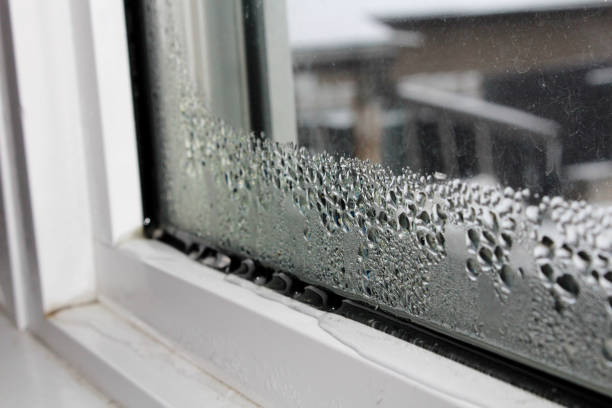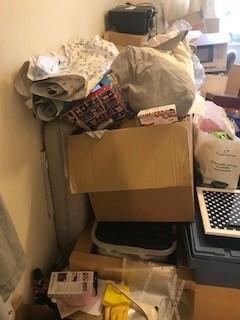DON’T LET CONDENSATION BE A COST & MOULD MOUNT UP
If you are a homeowner or a tenant – nobody wants to live with condensation, mould & damp issues 😔
Condensation is by far one of the most common problems we discover on our property visits. A great deal of what we see can be avoided by taking simple steps, including adequate ventilation and heating.
It is an underestimated cause of damage to homes and can significantly contribute to spoiled paintwork, wallpaper, sealant and flaking plasterwork, not to mention generally being horrible to look at.
If you are a tenant, it is vital to remember that any damage caused to a property as a result of poorly managing condensation may result in you being charged for any repair or redecoration costs.
👍TIPS TO AVOID THE BUILD – UP OF PROBLEMATIC CONDENSATION
✅When cooking cover boiling pans, open windows & close internal doors
✅Use extractor fans in the kitchen and bathroom
✅Wipe down your windows when condensation is present, this is more so in the winter months & especially in the bedroom where you are sleeping.

✅Wiping up any water puddles lying on window sills, skirting boards etc.
✅Ventilating the room when using the bath or shower – open a window and close the door.
✅Air-dry clothes outdoors where possible. If you need to dry inside, ensure you are ventilating the area as best possible & utilise maidens instead of putting clothes straight onto radiators.
✅Considering the use of moisture traps – these can be bought for as little as £5 online.
✅Ensure there is adequate space between furniture or storage furniture flush and the external walls. It is a common mistake we see a lot especially in spare rooms where boxes bare piled up and against the walls. Air needs room to move!

✅Opening bedroom windows for 5-10 minutes in the morning when possible. A few minutes is better than non at all if you have to go out. 😉
✅Open windows when ironing as even this can cause issues
✅Heating the home properly, ideally not allowing the temperature in a room to drop below 15 degrees, We appreciate this is getting more difficult with rising bills. However, the cost of damage caused by condensation could be much greater
REMOVING MOULD GROWTH
In the unfortunate case that mould might have appeared, here are a few steps you can take:
1. Wash the affected area with an anti-mould cleaner or non-ammonia soap/detergent, using hot water.
2. Rinse and dry the affected area.
3. Use an anti-mould disinfectant or diluted bleach once the area has been thoroughly cleaned to ensure that most microorganisms have been killed. You can soak some tissue with bleach and simple put it over the affected area and leave over night to soak in and take effect.
4. Any fabrics/clothing/soft-furnishings should be put in the washing machine on as high temperature as possible without damaging the items…so read the label carefully
Water vapour is produced in relatively large quantities from normal day to day activities.
CRAZY FACTS: 😲
- A 5 person household puts about 10 kg of water into the air every day
- Breathing (asleep) 0.3 kg -so that’s why my windows are dripping in the morning you may be asking?😆
- Cooking 3 kg – hence we have suggested to cover you pans, use the extractor fans and open windows & shut the doors
- Washing & drying clothes 5.5 kg- so as a HUGE producer of water this can be the biggest culprit for the build op of condensation if you are not careful and taking on board advice when washing and especially drying your clothes
🙏Please ensure you tell your landlord or agent of any issues at the property as soon as possible. If you delay reporting a problem it can make them considerably worse and only delay us getting them sorted for you.
For a more detailed read on the how condensation is caused and how to avoid click here.
A-Tenants-Guide-to-Condensation-and-Mould-Growth-Copy.pdf (belvoir.co.uk)
✔ Be Informed
💗 Be With Belvoir








